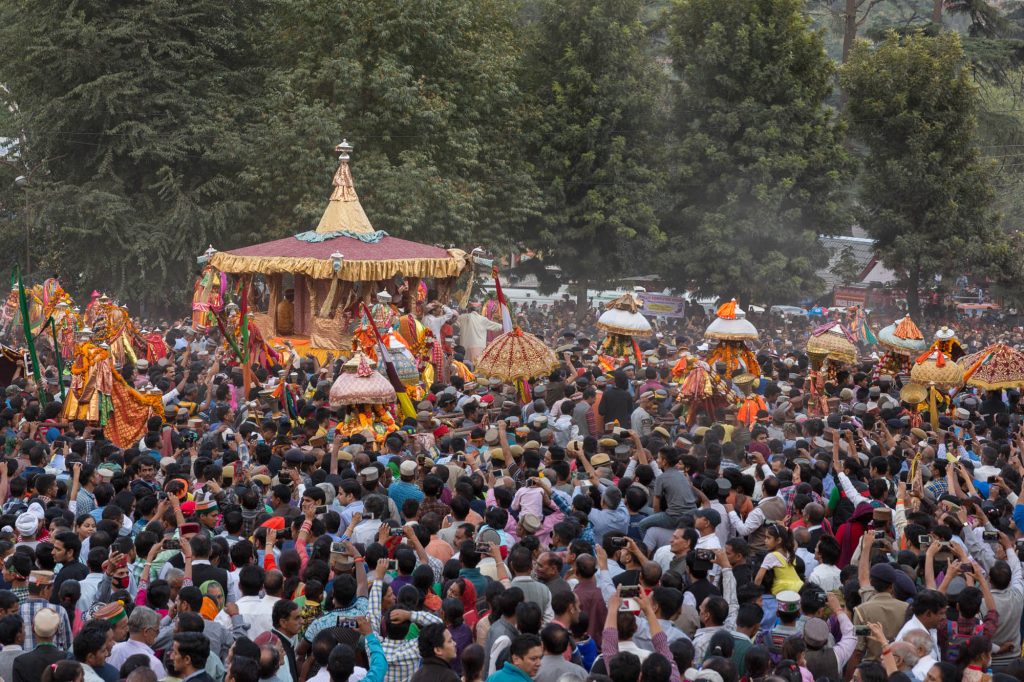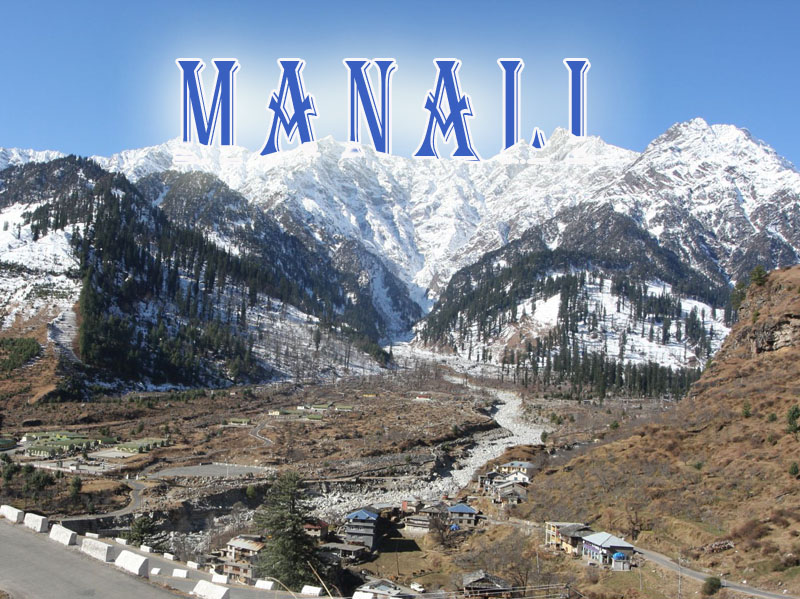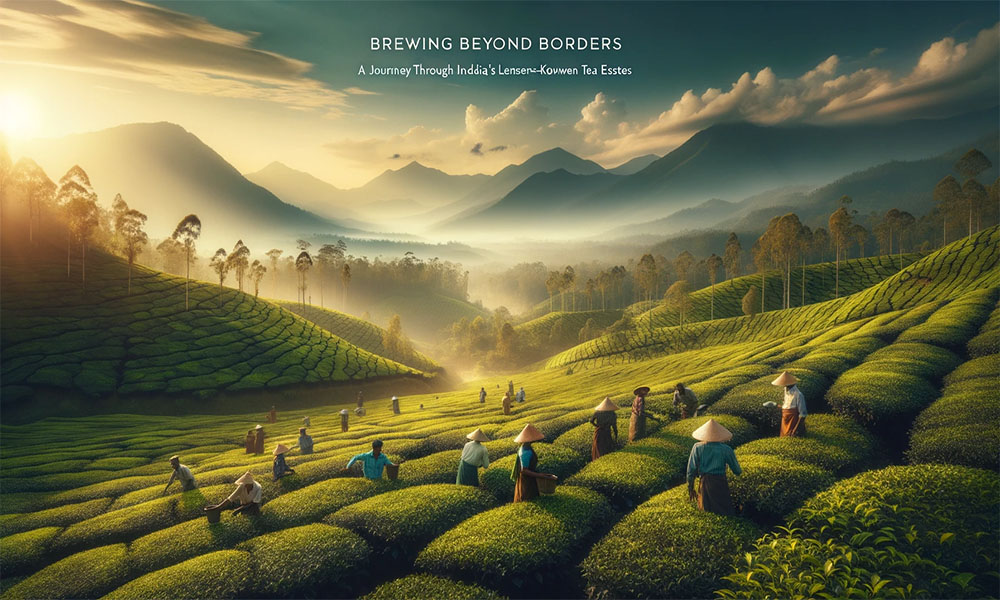Nestled amidst the pristine Himalayan foothills lies the picturesque town of Kullu, Himachal Pradesh, a place where tradition and festivity blend seamlessly to create a cultural extravaganza unlike any other. The International Kullu Dussehra Festival, with its roots dating back centuries, is not just a celebration but a living testament to the rich tapestry of Indian culture and spirituality odyssey. This grand event, which has earned international recognition, offers a captivating journey through history, mythology, customs, and contemporary influences. As we delve into the heart of this remarkable festival, we discover its historical significance, inception, the pivotal role of local deities, administration, business, tourism, customs, and its profound impact on the region.
Historical Significance:
The Kullu Dussehra Festival has a rich historical background that dates back several centuries. It is closely linked to the Hindu epic, the Ramayana, and the victory of Lord Rama over the demon king Ravana. Here are some key details:
- Roots in Mythology: Like many other Dussehra celebrations, Kullu Dussehra is rooted in the epic of Ramayana. According to legend, Lord Raghunath (an embodiment of Lord Rama) was brought to Kullu from Ayodhya as a solution to a curse on the local king, Jagat Singh.
- King Jagat Singh’s Devotion: King Jagat Singh, who ruled Kullu in the 17th century, was a devoted follower of Lord Rama. He was advised by a saint to bring an idol of Lord Raghunath from Ayodhya to Kullu to rid himself of a curse. This marked the beginning of the Dussehra celebrations in Kullu.
- Consolidation of Local Deities: To seek the blessings of Lord Rama, the king invited all the local deities of the Kullu Valley to join the celebrations. This tradition of inviting and honoring the local deities continues to be a significant part of the festival.
Inception:
The inception of the Kullu Dussehra Festival is a unique blend of mythology, history, and local traditions:
- Idol Installation: The idol of Lord Raghunath is the central figure of the festival. It was consecrated in Kullu and placed in a temple, where it is worshipped during the festival.
- Local Customs and Traditions: What sets Kullu Dussehra apart is its fusion of Hindu religious practices with local Himachali customs and traditions. This integration of cultures makes it a distinctive celebration.
Recognition:
The International Kullu Dussehra Festival received international recognition in 1972, primarily due to its unique cultural and religious significance. This recognition brought increased attention and a surge in tourism to the region, making it one of the most famous and widely attended Dussehra festivals in India. The acknowledgment of Kullu Dussehra as an international event also highlights its role in promoting cultural exchange and preserving traditional customs
Role of Local Deities:
The Kullu Dussehra Festival is renowned for its reverence of local deities, which is a distinctive feature. Over 200 local deities from different villages and regions of the Kullu Valley are brought to Kullu town during the festival.These deities are carried in beautifully adorned palanquins, accompanied by traditional music and dance, as they make their way to the main venue of the festival.
Local Administration:
The successful organization and smooth execution of the Kullu Dussehra Festival rely heavily on the local administration’s efforts. The district administration, police, and various government departments work together to ensure the safety and security of the thousands of visitors who flock to Kullu during the festival.Traffic management, crowd control, and medical facilities are all part of the administration’s responsibilities. Security personnel are deployed at key points to maintain order, especially during the grand processions and events.
Business and Economy:
Kullu Dussehra is a significant economic event for the region, particularly for local businesses.
- The festival attracts a large number of tourists, and this influx of visitors boosts the local economy significantly.Local artisans and craftsmen showcase their products, including handicrafts, textiles, jewelry, and traditional Himachali goods. The demand for local products surges during the festival, leading to increased sales and income for the vendors.
- The hospitality sector also benefits greatly, with hotels, guesthouses, and homestays witnessing high occupancy rates, leading to increased revenue for the local accommodation providers.
Tourism:
The International Kullu Dussehra Festival is a major draw for tourists, both from within India and abroad. Tourists come to Kullu to witness the grandeur of the festival, the unique blend of cultures, and the spiritual fervor that permeates the air.The festival’s week-long duration provides ample time for tourists to experience the various events and attractions. Many tourists plan their visits to Kullu specifically during this time, contributing to the region’s tourism industry.Tourist activities extend beyond the festival, with visitors often exploring nearby attractions such as Manali, Rohtang Pass, and the beautiful Kullu Valley.
Customs and Rituals:
Kullu Dussehra is known for its elaborate customs and rituals that are deeply ingrained in the festival’s fabric. The festival kicks off with the arrival of the local deities, accompanied by traditional music and dance performances.The Rath Yatra (chariot procession) of Lord Raghunathji is a highlight, with the idol placed on a grand chariot and pulled through the town’s streets.Traditional Himachali dances like the Nati are performed by local artists, and cultural programs are organized throughout the week.The festival concludes with the symbolic burning of the effigy of Ravana, signifying the victory of good over evil, similar to other Dussehra celebrations across India. Pilgrims and devotees actively participate in the rituals, offering prayers and seeking blessings during this auspicious time.
Local Cuisine:
Kullu Dussehra offers a delightful culinary experience, allowing visitors to savor the traditional Himachali cuisine.
- Dham: One of the highlights is the special meal called “Dham,” which is prepared and served during the festival. It typically includes a variety of dishes like Chana Madra (chickpea curry), Babru (a type of savory pancake), rice, and curd-based desserts.
- Local Delicacies: Besides Dham, visitors can enjoy various local delicacies like trout fish, Dhaam chicken, and other regional specialties.
- Street Food: The streets of Kullu during the festival are filled with street food vendors selling snacks like momos, pakoras, and local sweets.
Cultural Exchange:
Kullu Dussehra has become a platform for cultural exchange, attracting artists and performers from different parts of India and even abroad.
- International Artists: International performers and artists have participated in the festival, contributing to its diverse and inclusive atmosphere.
- Traditional Performances: Folk dancers, musicians, and theater groups from various regions showcase their talents, promoting cultural diversity and understanding.
Environmental Concerns:
In recent years, there has been a growing awareness of the need for environmental sustainability during the Kullu Dussehra Festival.
- Waste Management: Efforts have been made to improve waste management practices, encouraging the use of eco-friendly materials and responsible disposal.
- Plastic Ban: There have been campaigns to reduce plastic usage during the festival, including the promotion of reusable containers and bags.
- Awareness Programs: Environmental organizations and local authorities often conduct awareness programs to educate both residents and tourists about the importance of preserving the pristine natural surroundings of the Kullu Valley.
Community Participation:
Kullu Dussehra is a community-driven event, and local residents actively participate in its organization and execution.
- Volunteers: Many individuals volunteer their time and efforts to ensure the smooth functioning of various aspects of the festival, from decorations to security.
- Traditional Roles: People often take on traditional roles during the festival, such as dressing in traditional attire and participating in religious rituals and cultural performances.
- Community Bonding: The festival fosters a sense of community and togetherness, as residents come together to celebrate their heritage and showcase their culture to the world.
Spiritual Significance:
For the local residents of Kullu, the International Kullu Dussehra Festival holds immense spiritual significance. It is a time when the entire community comes together to pay homage to their deities and seek their blessings.Devotees believe that participating in the festival’s rituals and seeking the blessings of the deities will bring them prosperity, good health, and protection from evil forces. The festival reinforces the strong connection between the people of Kullu and their deities, creating a profound sense of spiritual unity.
Continued Tradition:
Despite its international recognition and the passage of time, Kullu Dussehra has managed to preserve its traditional charm and authenticity. The rituals, customs, and cultural elements that have been part of the festival for centuries are still practiced with great devotion and precision. The local communities take pride in maintaining these traditions, ensuring that the essence of Kullu Dussehra remains unchanged. The festival has also adapted to contemporary times by incorporating elements of tourism and cultural exchange without compromising its core values and heritage.
Overall Impact on the Region:
The International Kullu Dussehra Festival has a profound impact on the region, extending beyond the cultural and spiritual aspects. It significantly boosts the local economy, providing livelihoods for many through increased sales of goods and services during the festival. The festival has put Kullu on the global map as a cultural and tourist destination, attracting visitors from around the world. It has also contributed to the preservation of traditional craftsmanship and art forms, as artisans and craftsmen find a platform to showcase their skills.
Kullu Dussehra fosters a sense of pride and identity among the local population, strengthening their cultural heritage and promoting a sense of belonging. The festival’s success has led to investments in infrastructure and facilities, benefiting the region’s overall development.
In the shadow of the mighty Himalayas, the International Kullu Dussehra Festival stands as a beacon of heritage and unity, where the past and present harmonize, and spirituality transcends borders. This annual celebration has not only retained its authenticity but has also evolved to welcome the world, fostering cultural exchange and global recognition. It continues to thrive while preserving its traditions, and its impact extends beyond the cultural sphere, positively affecting the local economy and community.
As we conclude our journey through the grandeur of Kullu Dussehra, we find that it is not merely a festival; it is a living testament to the enduring spirit of a community that cherishes its traditions, welcomes diversity, and embraces the beauty of its surroundings. The International Kullu Dussehra Festival showcases a vibrant tapestry of music, dance, rituals, and artistry, drawing visitors from every corner of the globe to partake in its splendor. Against the backdrop of majestic mountains, this event serves as a reminder that while traditions may root us in the past, they also have the power to connect us to the world, fostering a sense of belonging and unity among all who gather here. As we bid farewell to this enchanting festival, we carry with us not only memories of its grandeur but also a profound appreciation for the resilience and cultural richness of the Kullu Valley community. In the heart of the Himalayas, the International Kullu Dussehra Festival continues to shine as a beacon of tradition, unity, and the enduring spirit of humanity




Thanks for sharing. I read many of your blog posts, cool, your blog is very good.
Thanks